Proper rigging, the right equipment and good communication always make for a safe lift!
7029492520 • November 30, 2022
Proper rigging, the right equipment and good communication always make for a safe lift!
Having the right people know what they are doing and why they are doing it is critical in any lifting operation.
In 2020 the number of fatal occupational injuries by event show 716 deaths from contact with objects and equipment. U.S. Bureau of Labor Statistics IIF Home : U.S. Bureau of Labor Statistics (bls.gov)
There are several factors to consider when rigging and lifting a load. Overlooking any of them can spell danger for your worksite.
1. Not Knowing the weight of the load including rigging equipment used in the lift.
2. Ignoring load control
3. Hiring unqualified workers*
4. Choosing the wrong rigging Equipment
Rigging accidents are a direct result of preventable errors. With possible errors in calculating the weight of the load to verifying a riggers qualifications. These errors can cause significant damage to life and / property. It is critical to remain diligent when rigging to keep your employees and your operation out of harm’s way.
Borsheim Team has NCCCO Level 1 and 2 riggers supported by lift directors and engineering available for your next project. Give us a call!
*In accordance with OSHA Regulation (1926.1404(r)(1) and 1926.1425(c)) employers are required to use a qualified rigger during hoisting activities for assembly and disassembly work, and whenever workers are within the fall zone and hooking, unhooking, or guiding a load, or doing the initial connection of a load to a component or structure.
Are you looking for the best cranes for sale? Here are 12 of the most common types of cranes and their best uses. Let's dive in!
Are you looking to rent a crane for a project? Keep reading to discover the top three benefits of renting from a crane company.
Discover how crane rentals reduce costs, improve flexibility, and keep construction projects on schedule. Learn why contractors across the Midwest trust Borsheim™ Crane Service.


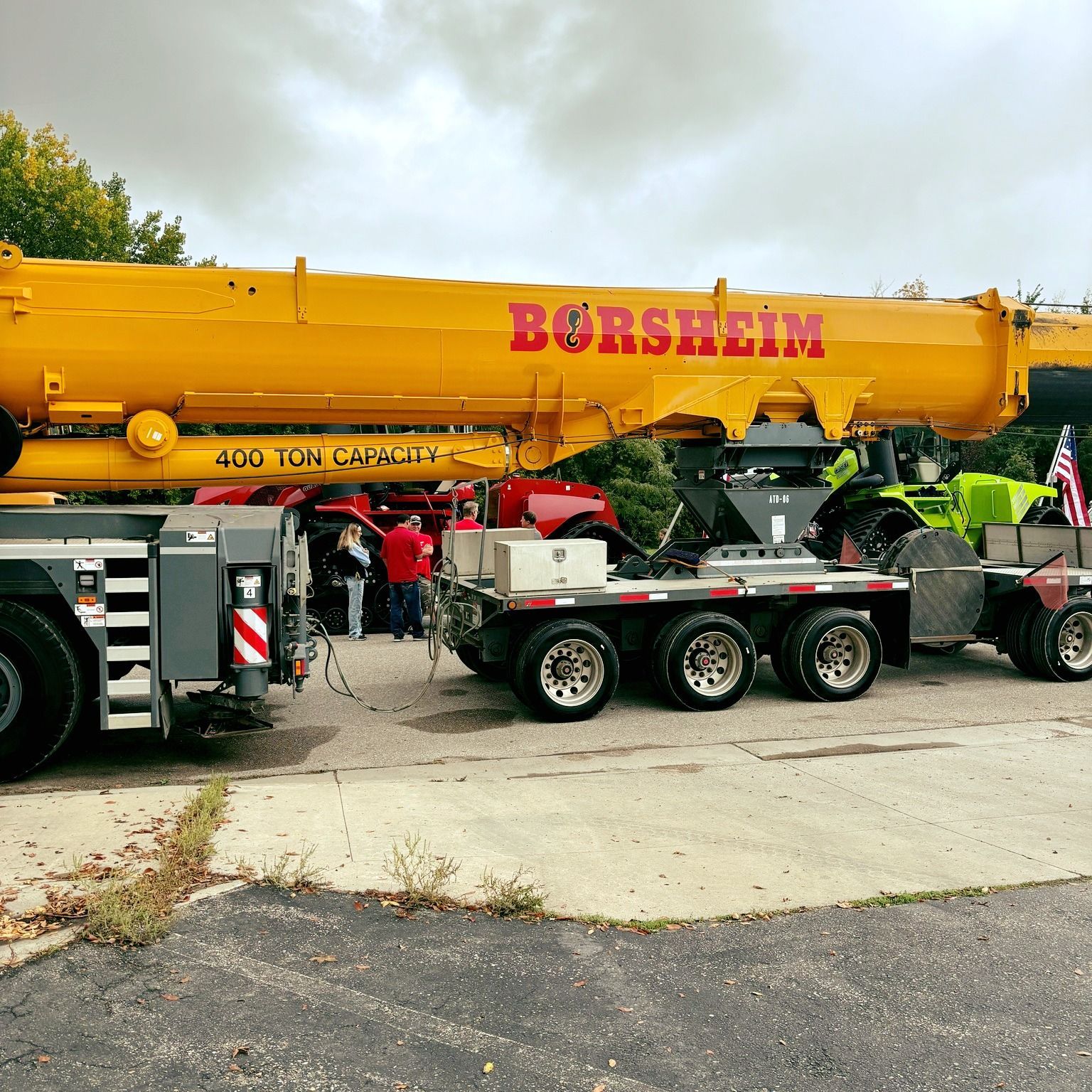
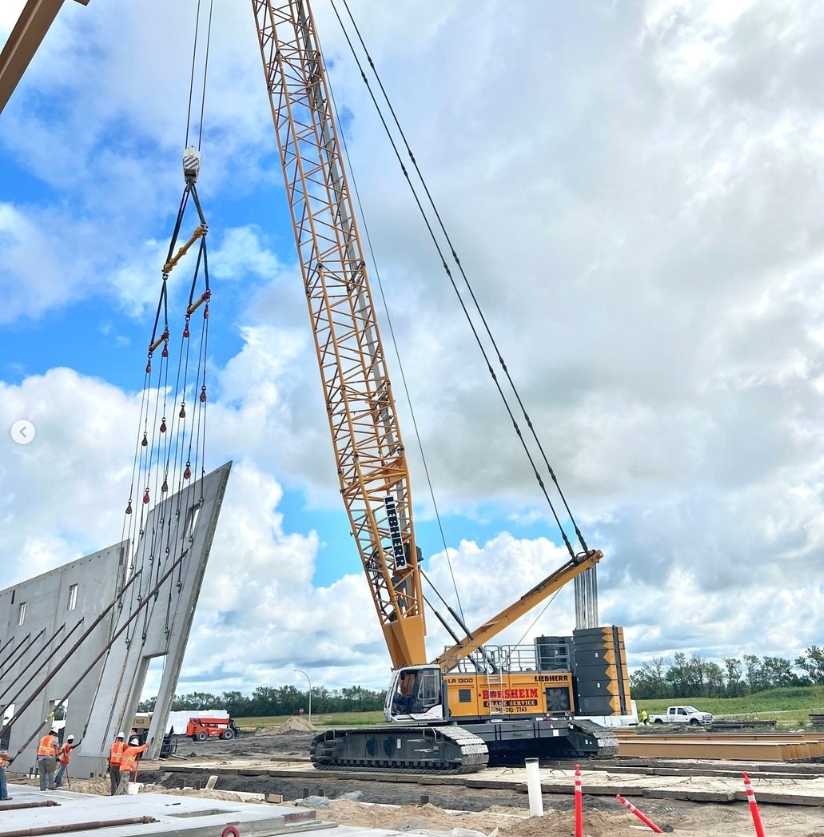
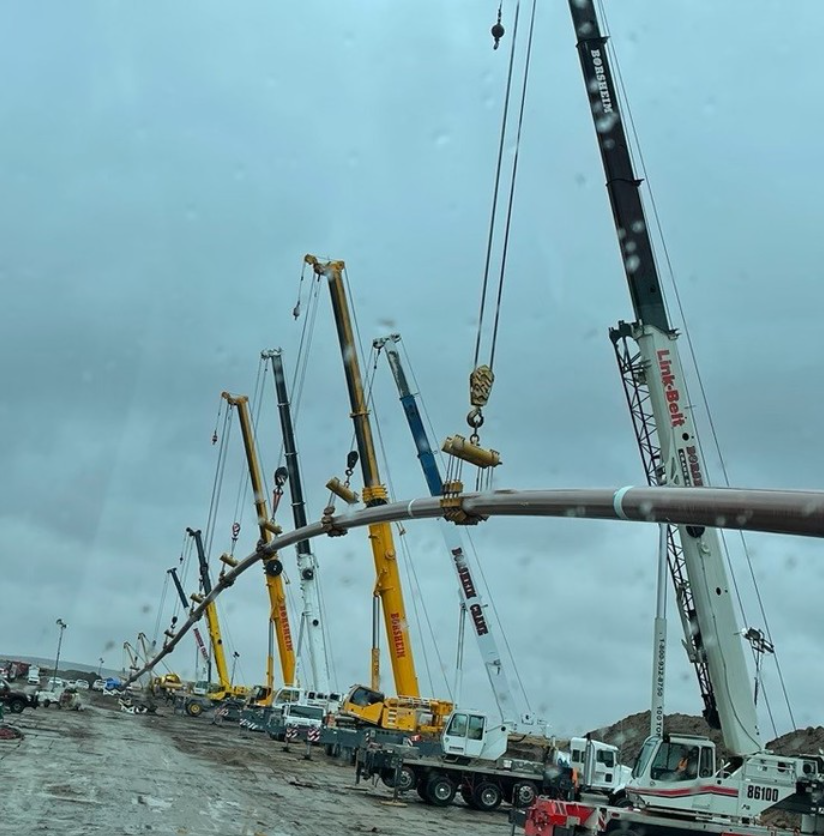
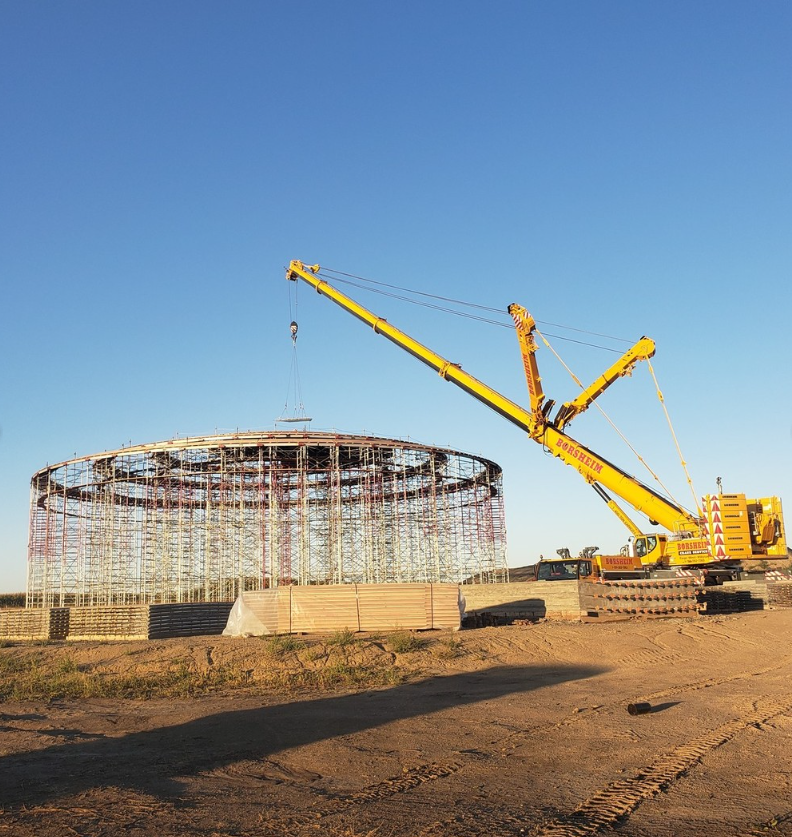
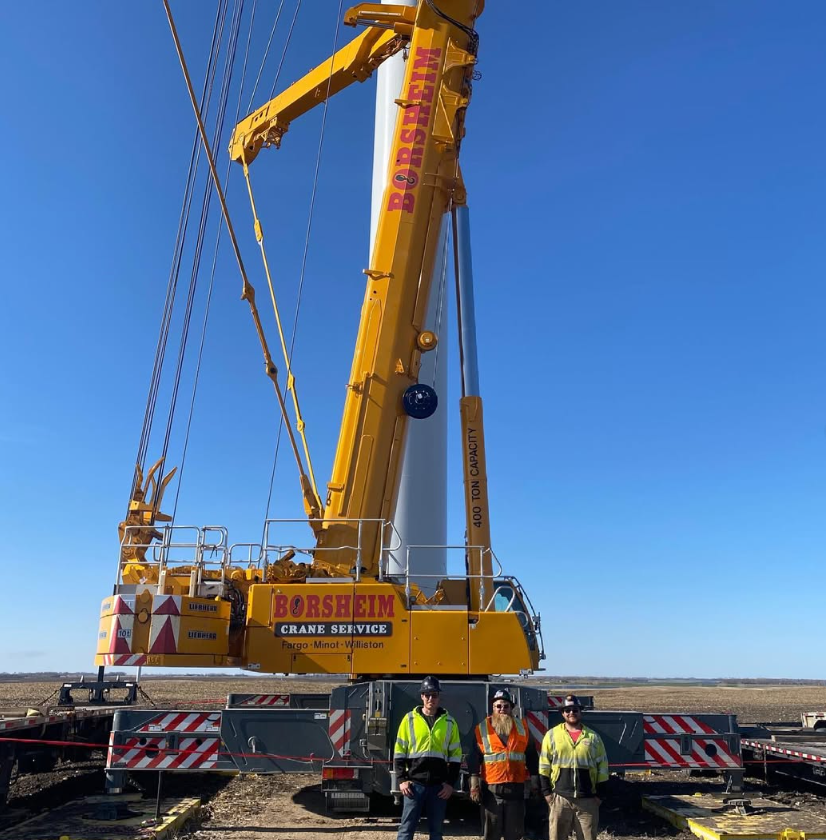
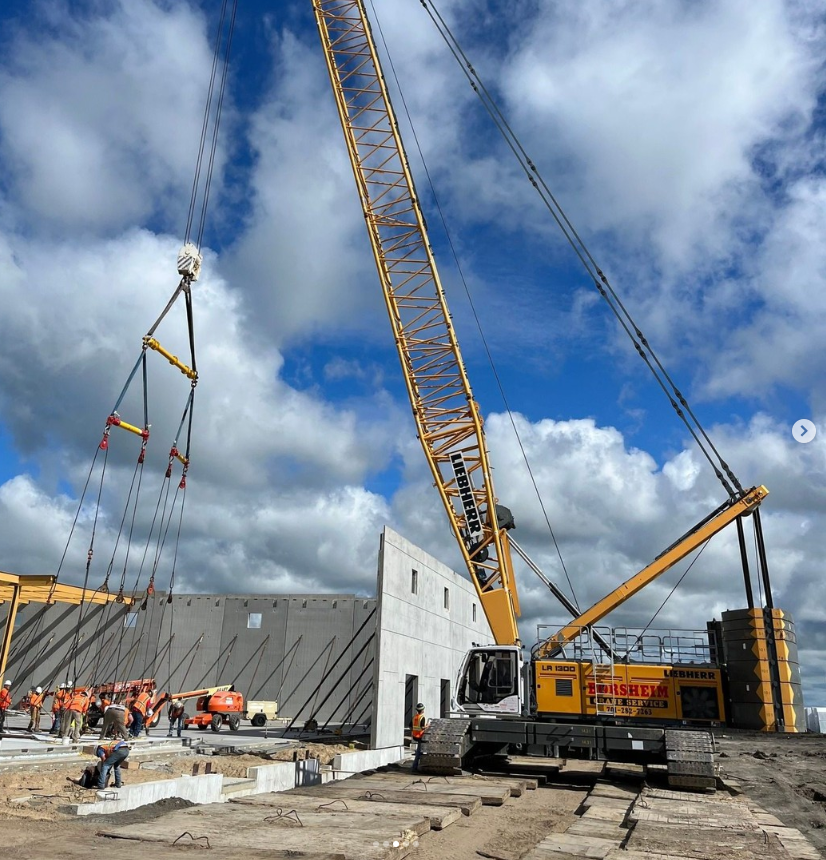
Share On: